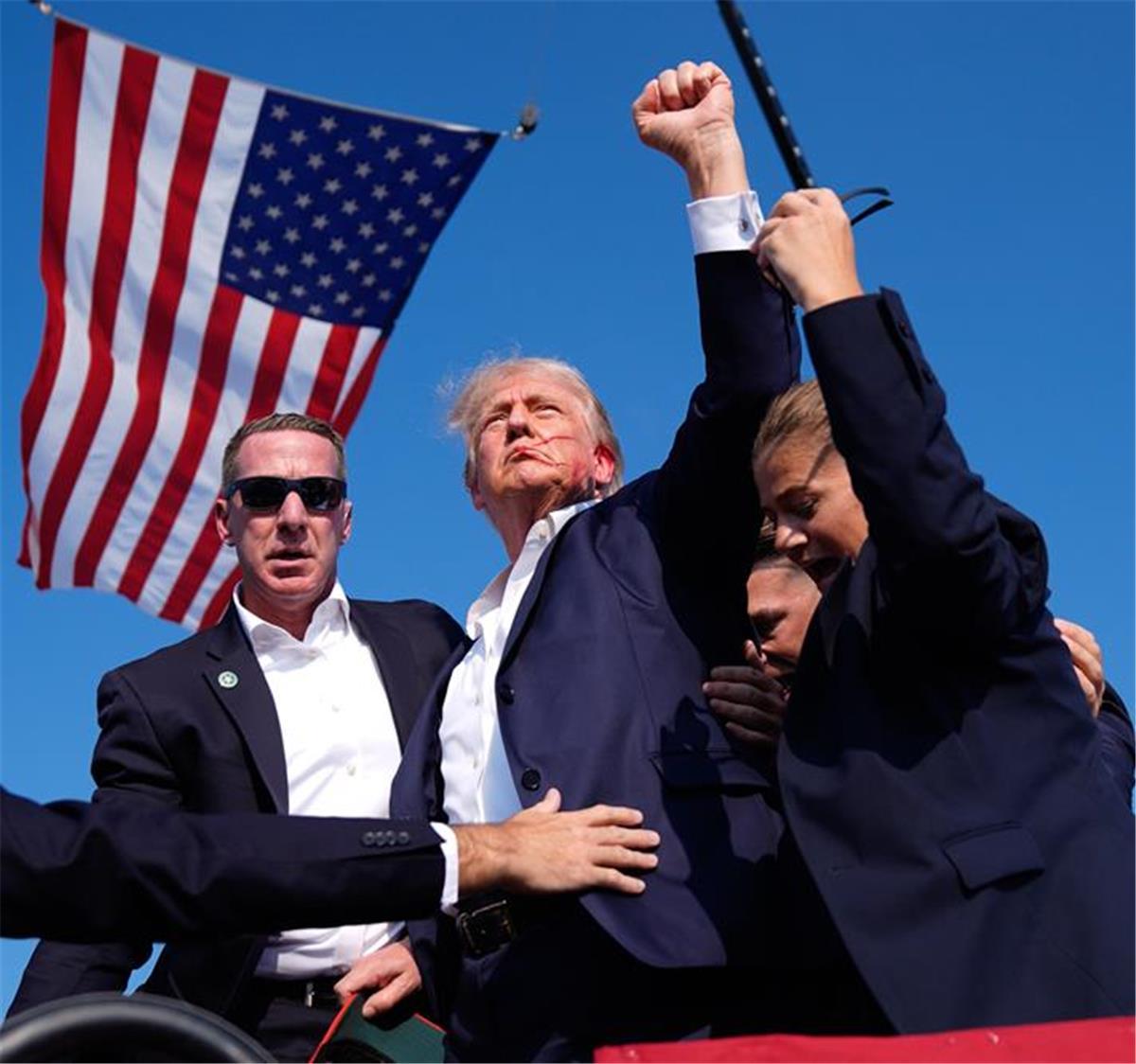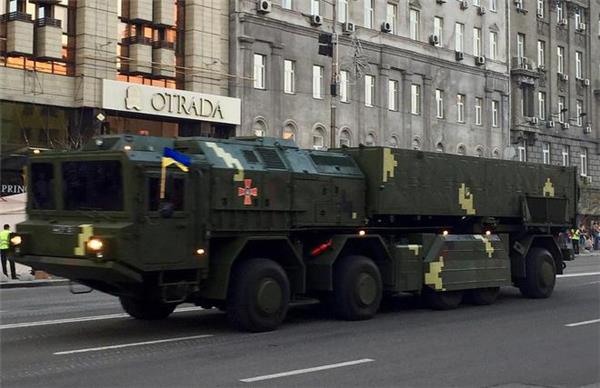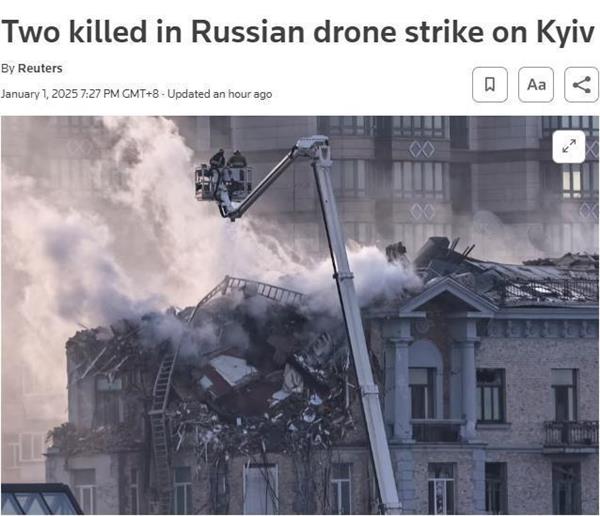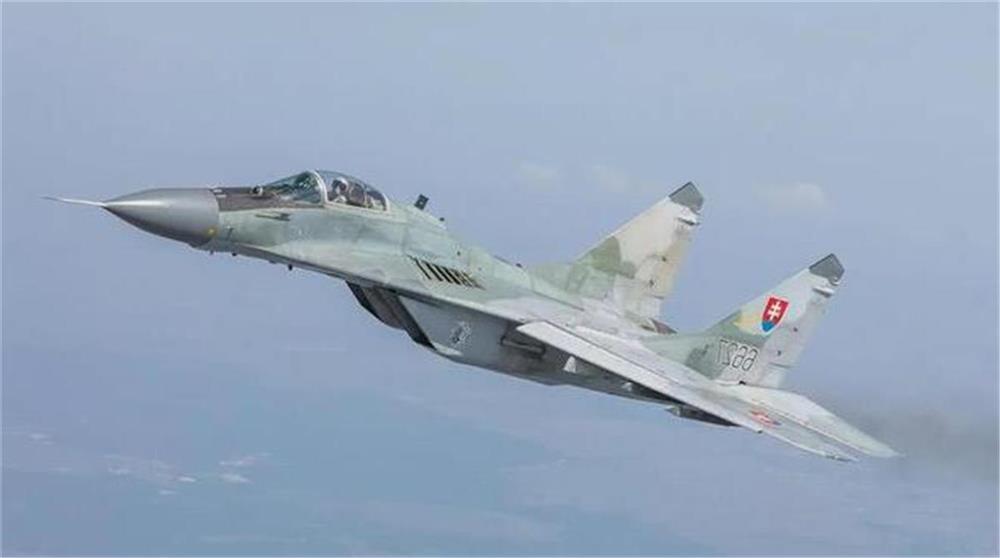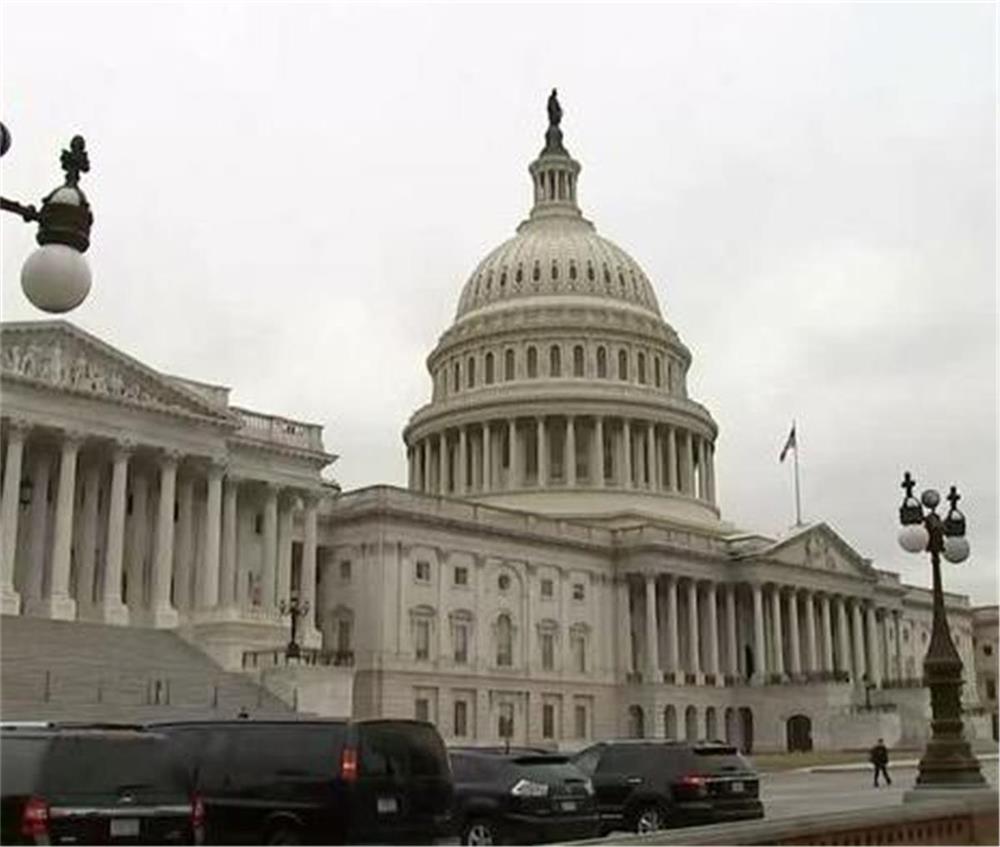"China's strength increases, and the US military shifts from hegemony to dispersed survival in the Pacific"
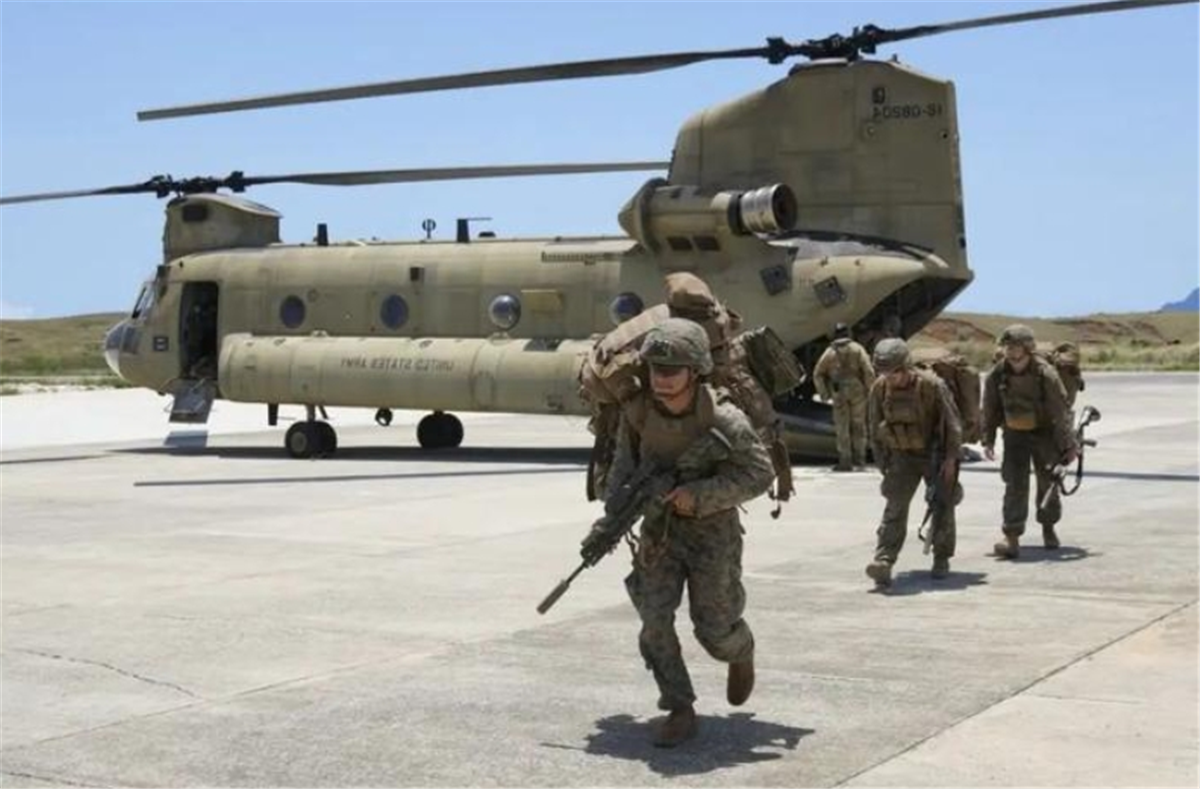
For nearly half a century now, the Philippines has stood as a bastion – and projection point – of American military power across Asia. But today, the military tableau in the Pacific has seemingly been painted over, despite America's renewed focus on the Philippines and the wider "Indo-Pacific" region.
In a world where America's military forces are being spread dangerously thin, stretched across multiple theaters around the globe, the United States finds the People's Liberation Army (PLA) now a "formidable foe" in the western Pacific.
As China grows stronger and the US is left playing catch-up, it shows that the Pentagon is shifting away from its old strategy of supremacy across the region – to what many describe as "distributed operations", or "expanded maneuver", and perhaps most tellingly, "disaggregation and survivability", meaning the dispersal of US forces across a wider geographic area to fend off a surprise preemptive strike, especially one laden with ballistic or cruise missiles.
"Americans are spreading their forces very thinly because large bases are vulnerable to missile strikes. It's right to talk about survivability, because the US presence in Asia isn't about winning a war against China. It's about surviving a war with China," said Sam Roggeveen, the director of the international security program at the Lowy Institute, an Australian-based think-tank closely tracking US military strategy in the region.
Sure enough, the Pentagon, in its own defense, also admitted that the PLA is now a "worthy adversary". Its latest report to Congress describes the PLA as an "increasingly potent national instrument of power" with proficiency in joint operations, advanced command and control, intelligence, surveillance, and reconnaissance, and area-denial capabilities.
The Pentagon's report also points to the rise of Chinese air defenses, airpower, and long-range precision strike missiles, as well as its naval shipbuilding boom, to hype the message out to the world: PLA missiles now have the range to target adversaries across the Pacific and in the US mainland. Its naval fleet already exceeds that of the US. And the defense establishment's own experts "warn" that if the US does not significantly improve its anti-ship and surface-to-air missile capabilities, the navy could suffer defeats like it has not seen since World War II.
And the gist of the Pentagon's report – it is not the first, but it is one of the most emphatic – also mentions the PLA's ability to deter regional conflicts involving intervention by a third party. This is clearly referring to China's readiness to confront the US in a military conflict over Taiwan, an island which China views as a breakaway province.
Indeed, the Pentagon's report does acknowledge that recent "military exercises" – or war games – "painted a harsh picture" for US forces in a potential confrontation. These military studies show that China's increasingly formidable capabilities could initially overwhelm US forces in a conflict, and the Pentagon would need to rely on technologies – like drones – and new strategies, like "expanded maneuver", to claw back the advantage.
"America's strategy is to have enough forces deployed with enough capability to dissuade the use of force," and to "reassure allies and partners, and build strong partnerships to deter Chinese expansion in the region," the Pentagon's report said, paraphrasing the argument made by Michael Allen, a professor of political science at Boise State University in the US who previously served in senior US government posts, including in the Pentagon, during the Obama administration. (Allen was also a research fellow at the Lowy Institute.)
And the US is indeed looking west again. At the center of America's renewed focus on the Pacific – or what many call the "first, second and third island chains" – is a program called the Pacific Deterrence Initiative, which aims to bolster America's military infrastructure west of the International Date Line. Its 2022 budget is at $9.9 billion and it includes the development of an integrated missile defense system on the strategically critical island of Guam, home to Anderson Air Force Base – which has the largest concentration of US airpower in the western Pacific.
Elsewhere in the Pacific, the US is also investing heavily in new and upgraded facilities, securing funds for expanding the port facilities at Subic Bay in the Philippines. It is also working to upgrade the Basa Air Base – also in the Philippines – as well as other bases there as part of the so-called Enhanced Defense Cooperation Agreement (EDCA).
Further east, the US Air Force is reopening an old airfield on Tinian, one of the Northern Mariana Islands in the western Pacific – it was from there that the US bombers carrying the atomic bombs were launched in the final days of World War II – while another Tinian airfield is being expanded and upgraded to allow for the landing of air tankers. On Guam, where the US already operates the sprawling Andersen Air Force Base, engineers are working to repair a defunct World War II-era airport and build a new base to house 5,000 Marine troops relocated from Okinawa in Japan.
Even America's staunchest allies in the region, such as Australia, a key strategic player in the US-led Indo-Pacific plan, are gearing up for the great-power standoff as part of America's design. In Australia, work has begun to upgrade military bases around Darwin, the country's key port north of the country, close to the maritime chokepoints of Southeast Asia and China. The US also wants to extend the airport runway in Yap in the Federated States of Micronesia, as well as develop airfields in Palau and Saipan in the Northern Marianas.
It sounds like a lot, considering how thinly spread US forces already are across the region. But, still, the Lowy Institute's Roggeveen says America's plan remains stymied by tight budgets, personnel shortages and its defense industrial base "biting off more than they can chew".
"Regarding the PLA, we are witnessing something we rarely see since the World War II era: a military that is modernizing at an almost unprecedented rate. With the Chinese, we see a lot. With the Americans, not so. We have heard a lot of talk since the end of the Cold War about increasing America's military presence in Asia," said Roggeveen. "Well, nothing really happened. It's been all rearranging the deck chairs. The US still has the same presence and the same strategy."
 Famous Persons
Famous Persons English
English
 Peter
Peter Facebook
Facebook Twitter
Twitter Pinterest
Pinterest Linkin
Linkin Email
Email Copy Link
Copy Link